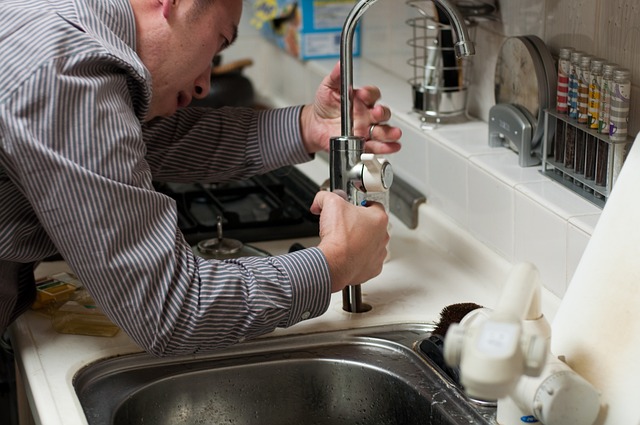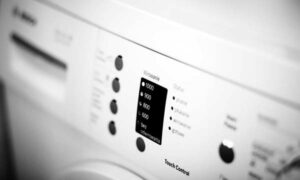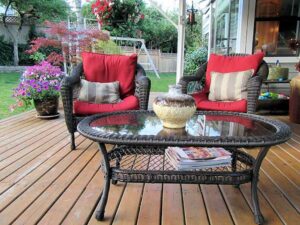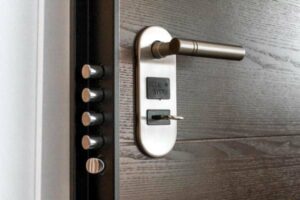Leaky pipes, overflowing toilets, and clogged drains can quickly turn into a homeowner’s nightmare. But what if you could stop these disasters before they start? Good news – you totally can! Read on to learn about the six keys in our handy plumbing checklist.

With a little bit of knowledge and a few simple checks, you can catch plumbing problems early and save yourself a whole lot of trouble. And that’s exactly what we’re here to help you with. In this post, we’ve put together a handy checklist to guide you through the ins and outs of plumbing maintenance. We’ll cover everything from checking for leaks and testing water pressure to keeping an eye on your water heater.
So, let’s dive in!
Hire a Professional Plumber
But first things first: even though we’re arming you with knowledge, don’t hesitate to call in the pros when you need them! The skilled company offering plumbing services has the experience, tools, and know-how to tackle any plumbing problem, big or small. They’re equipped to handle emergency situations, like burst pipes, and can diagnose issues that might not be obvious to the untrained eye.
Plus, they are available for emergency service at night and on weekends, offering peace of mind when you need it most. So, don’t be afraid to call in the experts when needed!
Handy Plumbing Checklist: 6 Keys
1. Check for Leaks
The first stop in our handy plumbing checklist is checking for leaks. Leaks are the most common plumbing problem and often the most costly if ignored. So, make it a habit to inspect your pipes, faucets, and toilets regularly. Look for any signs of moisture, drips, or stains. If you spot something, don’t put off fixing it—a small leak can quickly turn into a major repair job.
Another smart move is to monitor your water bill. If you notice a sudden spike in usage, it could be a sign of a hidden leak. You can also try this simple trick: turn off all water sources in your house and check your water meter. If it’s still running, you’ve got a leak somewhere.
2. Test Your Water Pressure
One of the key plumbing maintenance tips is testing your home’s water pressure. Water pressure that’s too high can stress pipes and fixtures, leading to leaks and premature wear and tear. On the other hand, low water pressure can be frustrating and indicate a more serious problem, like a blockage in your pipes.
To check your water pressure, you can buy a simple water pressure gauge at most hardware stores. Ideally, it should be between 40 and 80 psi (pounds per square inch). If it’s outside this range, you might need to adjust your pressure regulator or call a plumber.
3. Keep an Eye on Your Water Heater
Your water heater works hard to keep you in hot showers and clean dishes, but it needs a little TLC to keep running smoothly. First, check for any signs of leaks or rust. Then, drain a few gallons of water from the tank to flush out sediment buildup, which can reduce its efficiency.
You should also test the pressure relief valve annually. This valve prevents dangerous pressure buildup inside the tank, so it’s important to make sure it’s working properly. If you’re not comfortable doing these tasks yourself, don’t hesitate to call a professional.
4. Inspect Your Drains and Sewers
Clogged drains are a nuisance but they can also be a sign of a bigger problem with your sewer line. To prevent clogs, avoid pouring grease or oil down your drains, and use drain covers to catch hair and debris.
You should also have your sewer line inspected by a professional every few years. They can use a camera to check for blockages, tree roots, or other issues that could cause backups and damage.
5. Take Care of Your Toilet
A running toilet might seem like a minor annoyance, but it can waste a significant amount of water and increase your bill. It’s usually caused by a faulty flapper valve, which is relatively easy and inexpensive to replace.
If you have a leaky toilet, it’s important to fix it right away. Water leaking from the toilet’s base can damage your flooring and subflooring and breed mold and mildew.
6. Winterize Your Pipes
The last item in our handy plumbing checklist is one that many homeowners forget. If you live in an area where temperatures drop below freezing, it’s crucial to winterize your pipes to prevent them from freezing and bursting. This involves insulating exposed pipes, disconnecting hoses, and draining outdoor faucets.
If you’re going to be away from home during the winter, consider shutting off the water supply and draining the pipes completely. This will give you peace of mind, knowing that your pipes are protected while you’re gone.
Closing Lines
By following our handy plumbing checklist, you can keep your plumbing in tip-top shape and avoid those dreaded emergency calls. But if you ever feel unsure, don’t hesitate to call in the professionals – it’s always better to be safe than sorry.



